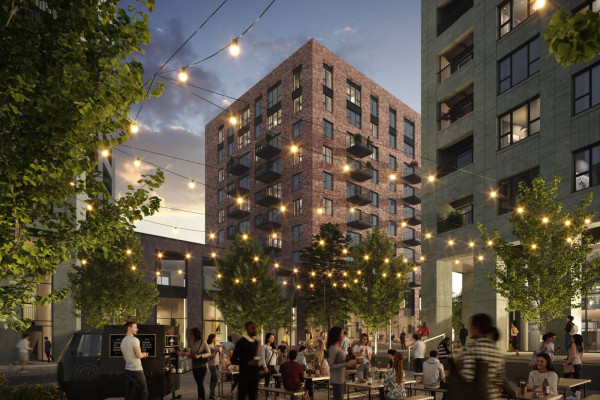
London's Housing Shake-Up: Affordable Targets Cut to Speed Up Building
If you’re keeping an eye on London’s housing scene, there’s a twist: the Mayor’s team is dialing down the affordable homes target to get more homes built, faster. It’s a bold move that’s already stirring debate – will loosening requirements help solve London’s housing crunch or just shift the problem?
The Greater London Authority’s new blueprint aims to lower the affordable housing quota developers must hit. The hope here? Cut through red tape, motivate developers, and ramp up construction without the usual affordability strings attached. The market has been ticking slower in the capital lately, and this is their fix-it plan. But it’s not just about brick and mortar—it’s about who gets left out in the cold when affordable housing numbers drop.
London has long faced a housing supply bottleneck, especially on affordable homes. Developers sometimes see high quotas as a financial hurdle, slowing projects or making them less viable. By easing these targets, the aim is to entice builders and spark a steady flow of new-builds, potentially easing prices in the long run. This could mean more homes entering the market, but fewer designated for those priced out of the standard market.
Critics argue this could dilute affordable housing access when Londoners need it most. Reduced targets might speed building, but at what social cost? There’s no silver bullet in housing policy; balancing urgent supply with social responsibility remains London’s toughest juggling act.
The bigger picture is clear, though: London’s housing market is pressing on with cautious momentum. The Mayor’s approach highlights a shift from strict quotas to a more fluid, market-driven model – one that hopes overall boost in construction compensates for fewer affordable units.
Practical Takeaways for Buyers:
- If you’re shopping for a new build in London, expect a wider variety of developments but fewer off-the-peg affordable homes. Budget accordingly.
- Keep an eye on local planning announcements; changes in affordable quotas could shift neighbourhood dynamics faster than usual.
- For affordable housing seekers, consider alternative routes like shared ownership or government schemes alongside mainstream developments.
- Developers are betting on volume now – this might open up opportunities for buyers looking to get in early on new neighbourhoods.
The Final Takeaway:
London’s housing market pivot shows that sometimes loosening the grip on targets could be the very lever needed to turn a sluggish market around—even if it means rethinking what "affordable" really looks like in the capital.




